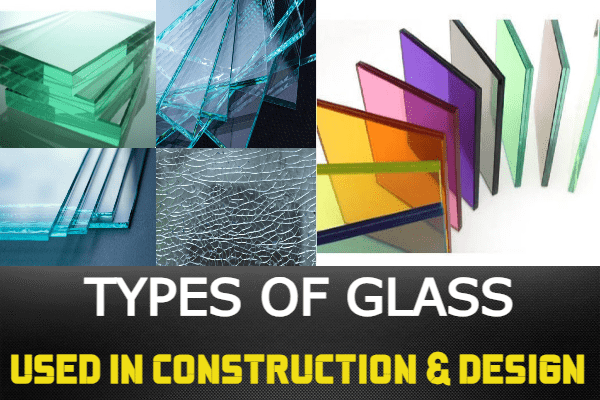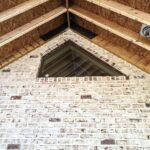Investigating various types of glass used in construction
Glass plays an essential role in the construction of contemporary buildings. Glass is used to increase energy efficiency, provide insulation and privacy, and add aesthetic value.
Variety of Glass
Different varieties of glass are utilized in construction, each with its own properties and benefits. Understanding these various types of glass will allow you to make a more informed choice when selecting the glass type for your construction endeavours.
- Insulated Glass
Due to its durability and safety, tempered glass is commonly used in construction. It has been subjected to a unique thermal treatment process, rendering it four to five times stronger than standard Glass. Tempered Glass can also withstand greater stress, making it an ideal material for large windows and skylights.
- Float Glass
Float glass is the most prevalent type of glass used in modern construction. This type of glass is manufactured by suspending molten glass on a bed of molten metal, producing a surface that is flat and uniform. Due to its thin and lightweight properties, float glass is ideal for windows, doors, and mirrors. Additionally, it offers superior insulation and visibility, making it an ideal material for new constructions.
- Tinted Glass
Tinted Glass has been treated to reduce the quantity of light that passes through it.Glass can also be treated by coating it with a thin layer of material, such as film or paint. It can produce a variety of illumination effects, ranging from subtle to striking. Additionally, it is utilized to produce privacy and reduce heat loss or gain. Additionally, it can increase the energy efficacy of a building by preventing the entry of ultraviolet radiation.
- Insulated Glass
Insulated/ Laminated Glass is a form of glass that consists of two or more glass layers fused together with a plastic or resin interlayer. Skylights and windows are the most common applications for laminated glass, as it provides additional protection against break-ins and accidents. In addition, laminated glass is effective at blocking both noise and ultraviolet light. For these factors, architects and builders frequently choose laminated glass when constructing commercial and residential structures.
- Reflective Glass
Reflective Glass is a type of Glass with a reflective coating applied to its surface. By reflecting the sun’s rays, this type of glass prevents the interior of the building from becoming excessively hot while allowing natural light to travel through.
- Patterned Glass
Patterned Glass is opaque or textured glass with an aesthetic pattern applied to it. It is available in a variety of sizes and configurations, with countless design options. Patterned Glass is useful in areas where privacy is a concern because it obscures visibility while allowing light to pass through. It is also a wonderful way to add a unique and personalized touch to a room.
- Wired Glass
Wired Glass is an excellent option for applications such as storefronts and curtain walls due to its high impact resistance. Additionally, it is frequently utilized in fire doors and places requiring vision panels. Glass’s incorporation of woven wire mesh creates an aesthetically appealing design.
- Insulated Glass
Because it reduces energy costs, insulated glass is a popular building material. It has two or more glass panels separated by a confined space. This area is typically filled with argon or krypton gas to reduce the amount of heat that can penetrate the glass.
In conclusion, Glass is an essential building material and plays an important role in construction, especially in the modern era, where design and aesthetics play a significant role in building construction. There are numerous types of glass suitable for a variety of construction applications, and each type has advantages and disadvantages.
Disclaimer: This content is provided solely for your review. Erusu Consultants takes no liability for this article. The reader is advised to form their own opinion. Please consult a Structural Engineer before making any final decisions.






